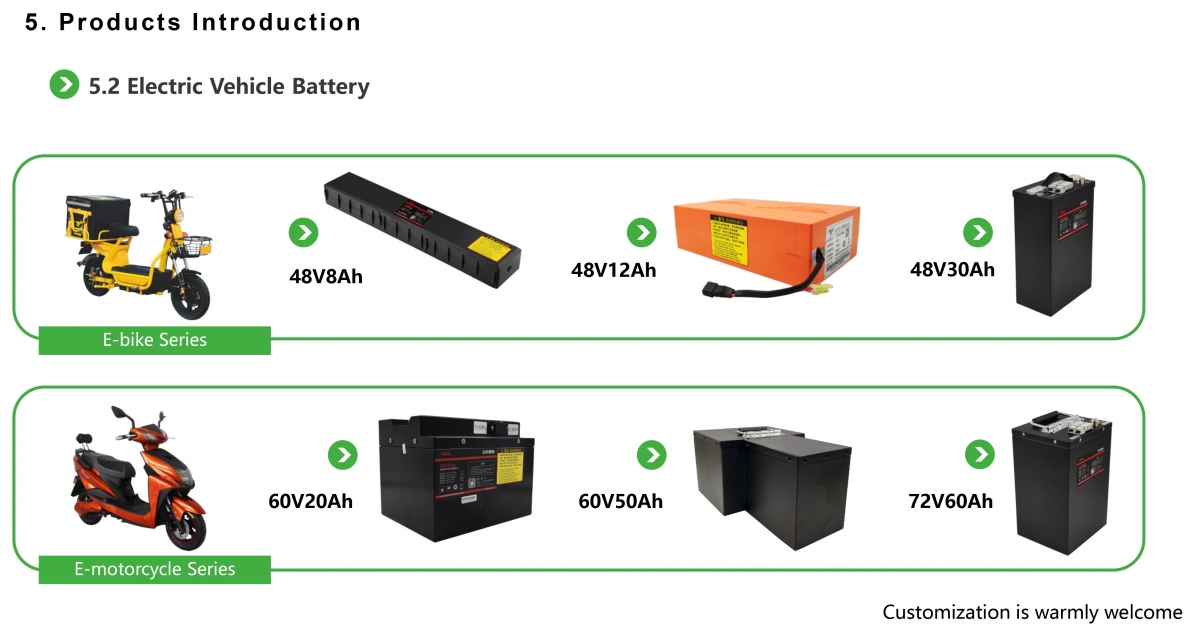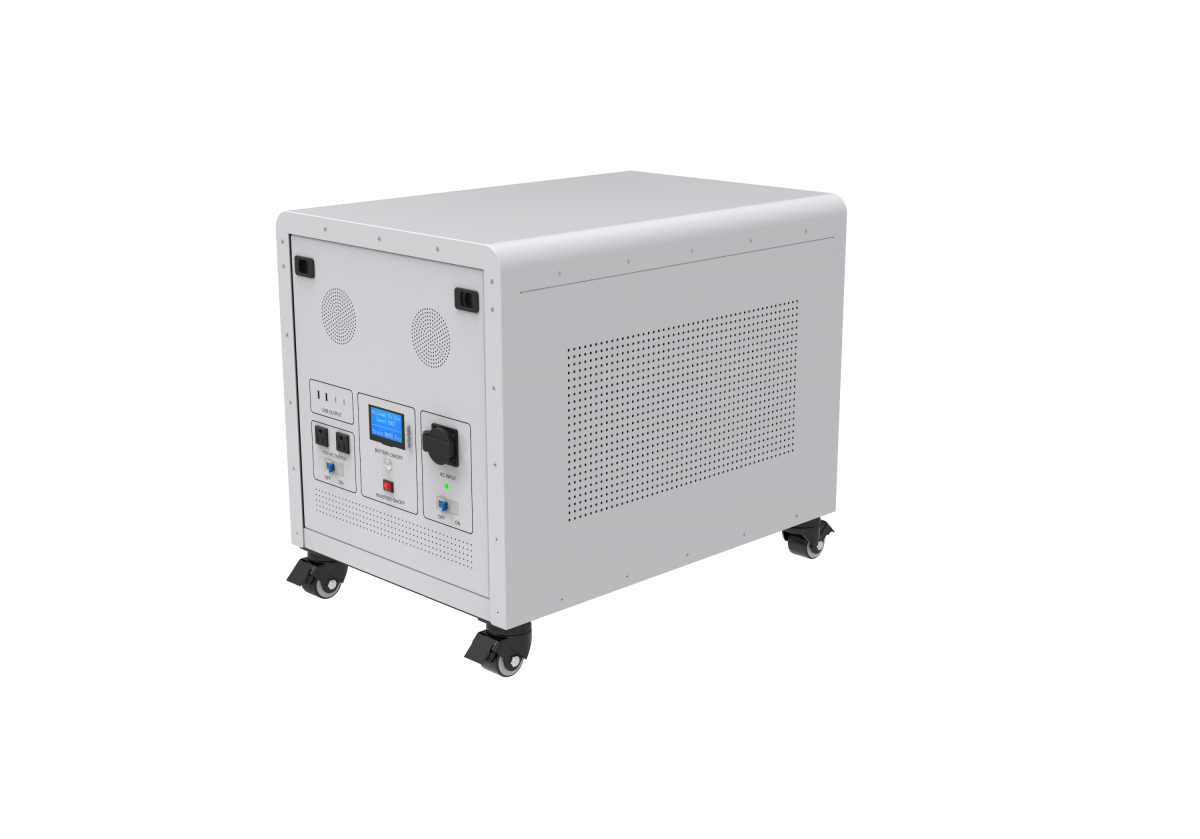- 12
- Nov
Battery Safety Requirements
Regarding battery safety, it is stipulated in the latest GB 38031-2020 “Safety Requirements for Power Batteries for Electric Vehicles”: The battery pack or system causes heat dissipation due to thermal runaway of a single battery, which will lead to the occurrence of the passenger compartment. 5min before the danger, a thermal event alarm signal should be provided (serving for the vehicle thermal event alarm to remind the occupants to evacuate). If the thermal diffusion does not create a situation that would cause a hazard to the vehicle occupants, the requirement is considered to be met.
That is to say, in the new national standard, it is recognized that the thermal runaway of the single battery will inevitably occur under certain conditions, but it is required that the thermal diffusion of the battery system caused by the thermal runaway of the battery should be controllable. The controllable thermal diffusion time is limited to 5 minutes.
Three well-known acupuncture tests
Although the requirement for acupuncture test has been removed from the new national standard, the biggest safety accident for electric vehicle batteries is fire and explosion. Many companies do acupuncture tests to prove that their batteries are the safest. Since last year, there have been three well-known battery acupuncture tests.
The first time was at the end of March 2020, when BYD released the blade battery and did a public acupuncture test on the battery. The specific process of the acupuncture test is to use a steel needle with a diameter of 5mm to penetrate fully charged ternary lithium batteries, ordinary lithium iron phosphate batteries, and BYD blade batteries at a vertical angle. At the same time, observe and record the surface temperature of the battery and whether it catches fire or explodes. . From the video, the test results are obvious. After the steel needle is pierced, the ternary lithium battery shell expands rapidly, and then bursts into flames instantly. Although the ordinary lithium iron phosphate battery did not catch fire and exploded, it still showed smoke. The battery shell The temperature was as high as 239 degrees Celsius, and the voltage and surface temperature of the blade battery were very stable.
The second time was in May 2020. Ningde Times released a video of its own battery acupuncture test on the social platform. The accompanying text said: “What hinders the Ningde era from doing acupuncture tests? Is it technology? Is it physique? Is it the face of the giants? No, it’s a steel needle!” The video shows: The Ningde era tried to puncture the ternary lithium battery pack of the Ningde era with a steel needle. The steel needle failed to penetrate the battery, but was broken by the steel plate protecting the battery. Afterwards, Ningde Times released a video of the steel needle piercing the ternary battery again, showing the acupuncture experiment process of its own 5 series and 8 series ternary batteries, and no fire or explosion occurred after the completion of the acupuncture. However, the sharpness of the acupuncture test in this video and the camera angle of view are unable to see the whole picture, and the test results are doubtful.
The latest was on the evening of March 10 this year, when GAC Aeon commissioned the China Automobile Center to conduct acupuncture tests on the battery when it released its magazine battery technology. A steel needle with a diameter of 8mm was used to penetrate the fully charged ternary lithium battery (magazine battery) at a vertical angle. The test results showed that the battery smoked for a short time after the thermal accident signal was sent out for 5 minutes, and there was no fire or explosion. After standing for 48 hours, the voltage dropped to 0V and the temperature returned to room temperature. After acupuncture, only the thermal runaway of the punctured cell module did not spread to other cells. Open the entire battery pack and observe that the internal structure is intact. GAC Aian claims that this is the first time in the industry that it has passed the ternary lithium battery acupuncture test without fire, and the safety of the ternary lithium battery has made a historic breakthrough.
The requirements of the new national standard are more stringent
Although the company chose this test method, in fact, the latest national standard does not mandate acupuncture test. The requirement in the new national standard is to let the battery cells run out of thermal control, and then determine whether the thermal diffusion will cause the occupants to be dangerous. The method of triggering battery cell thermal runaway is independently selected by the company. In the national standard, only acupuncture and heating are recommended, and it is emphasized that if the recommended method is used and no thermal runaway occurs after the test, it must be proven that neither method will A thermal runaway has occurred.
For a single lithium battery, under certain conditions, thermal runaway will inevitably occur, but thermal runaway of a battery cell does not cause a big safety accident. All safety accidents are thermal diffusion after a single battery thermal runaway occurs. , Causing the vehicle to catch fire or even explode.
Since the occurrence of thermal diffusion will inevitably threaten the safety of vehicle occupants, if understood according to the current national standard, the requirement is that no thermal diffusion occurs within 5 minutes after the battery cell has thermal runaway. Regarding this, a certain industry expert told Tramway that the current national standards are actually very low, but they are formulated with full consideration of the existing overall technical level. The technical level of different companies is definitely different.
As technology advances, related requirements will inevitably increase. Although it is not possible to predict the future standards at present, one or two can be seen from the goals proposed in the “Energy-saving and New Energy Vehicle Technology Roadmap 2.0”. Regarding the power battery system, the technical roadmap is as follows:
The power battery system focuses on technical research in system grouping, thermal management, thermal runaway/thermal diffusion protection, and battery management system.
1. In terms of system grouping technology, use three-dimensional design software for structure and electrical group design; use simulation technology to perform computer-aided design (CAE) analysis on the static and dynamic strength of battery modules and systems to optimize the system Structure, conduct electrical simulation, optimize electrical structure; carry out lightweight and other new material applications.

2. In terms of thermal management technology, use CAE and other simulation technologies to realize the design and optimization control of thermal management system based on the coupling of flow field and temperature field, reduce the temperature difference in the system, and improve the efficiency of thermal management.
3. In terms of thermal runaway/thermal diffusion protection technology, based on multidisciplinary research on force, heat, electricity, and chemical, analyze the failure causes, mechanisms and modes of thermal runaway of single batteries, and optimize modules and systems based on experiments and simulations. Structural design, analyze the characteristic performance of battery thermal runaway at different time and space scales, realize rapid alarm and diffusion suppression of battery thermal runaway, online/offline prediction of thermal runaway, protection and control of thermal diffusion, and fire on battery system Emergency fire fighting technology, etc.

4. In terms of battery management system technology, focus on the research of high-precision state estimation algorithms, including state of charge (SOC), state of health (SOH) and state of power (SOP), software architecture and platform development, and functional information security technology research , Cloud computing technology, intelligent network technology and software upgrade optimization strategy algorithm research, etc.
